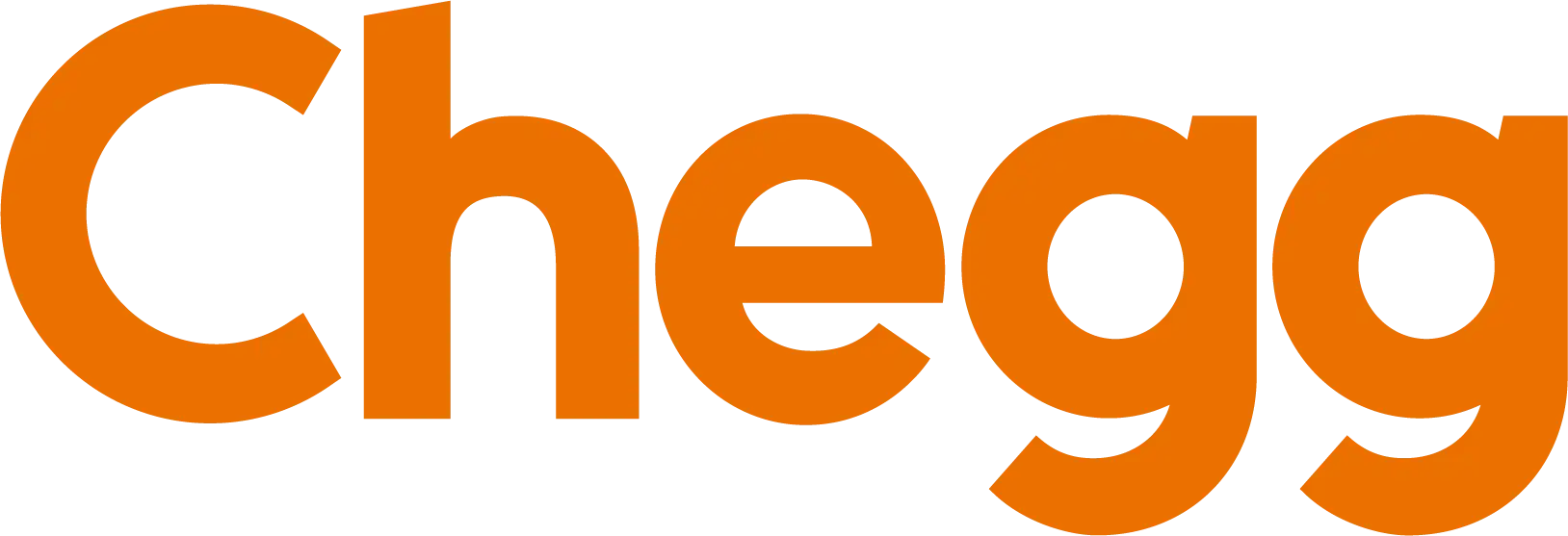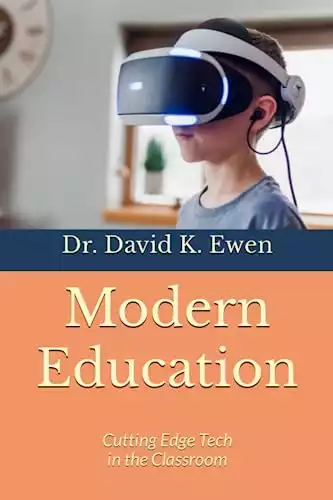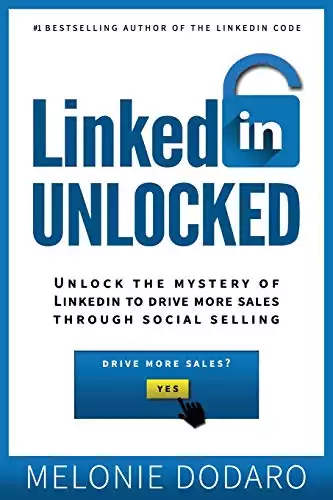We may receive compensation when you click on product links from our partners. For more information, please see our disclosure policy.
In today’s competitive academic landscape,
Why is CRM essential for higher education today? Discover how it boosts student engagement, streamlines operations, and drives enrollment success effectively. #HigherEd #CRM #EdTechClick To Tweet
What is CRM for Higher Education ?
At its core, Customer Relationship Management (CRM) in higher education refers to a software solution tailored to meet the unique needs of academic institutions. Unlike traditional CRMs, these systems cater to
Key functionalities include:
- Streamlined student admissions: Automating the application process, tracking applicant data, and improving communication.
- Enhanced engagement: Building relationships with prospective and current students through personalized interactions.
- Comprehensive data management: Centralizing data for actionable insights, ensuring informed decision-making across departments.
Why Do Institutions Need CRM for Higher Education ?
1. To Address the Changing Student Expectations
Today’s students are digital natives. They expect seamless interactions, personalized communication, and instant responses. A robust
- Respond quickly to inquiries.
- Customize communication based on individual preferences.
- Provide a seamless experience from application to graduation.
2. To Streamline Recruitment and Admissions
Managing thousands of student applications manually is labor-intensive and prone to errors. CRM systems for
- Error-free data collection.
- Real-time tracking of application progress.
- Targeted outreach to prospective students based on their interests.
3. To Foster Strong Alumni Relationships
Alumni are crucial stakeholders in
- Alumni engagement becomes systematic.
- Institutions can segment alumni for targeted campaigns.
- Communication channels remain open for long-term
collaboration .

Benefits of Implementing a CRM in Higher Education
1. Improved Operational Efficiency
Manual processes can bog down staff
- Automating repetitive tasks.
- Simplifying reporting processes.
- Integrating seamlessly with other institutional tools like Learning Management Systems (LMS).
2. Data-Driven Decision Making
Educational institutions deal with vast amounts of data. A CRM consolidates this data, offering insights into:
- Enrollment trends.
- Academic performance metrics.
- Marketing ROI.
These insights help leaders make informed decisions, optimize strategies, and enhance overall institutional performance.
3. Enhanced Student Retention
Retention is a critical metric for any institution. A CRM helps identify at-risk students through:
- Attendance tracking.
- Academic performance monitoring.
- Personalized outreach based on behavioral data.
By addressing concerns proactively, institutions can improve retention rates significantly.
4. Personalized Student Journeys
Every student has a unique journey. A CRM for
- Sending personalized course recommendations.
- Addressing student grievances promptly.
- Offering tailored support throughout the student lifecycle.
Our Pick

![]()
Key Features to Look for in a Higher Education CRM System
When selecting a CRM, institutions should prioritize features that align with their goals. Here are some must-haves:
1. Centralized Data Management
A CRM should integrate data from various departments, creating a unified platform for insights and
2. Marketing Automation
The ability to design and execute campaigns, track performance, and engage prospective students is vital.
3. Mobile Accessibility
Modern CRM systems should offer mobile-friendly interfaces, ensuring access for staff and students on the go.
4. Analytics and Reporting Tools
Robust analytics provide actionable insights into student behavior, campaign effectiveness, and institutional performance.
5. Scalability and Customization
As institutions grow, their CRM should adapt to accommodate new functionalities, departments, and workflows.
Challenges of Implementing CRM for Higher Education
While the benefits are clear, institutions may face challenges in CRM adoption:
- Cost barriers: Comprehensive CRMs can be expensive for smaller institutions.
- Staff training: Implementing a CRM requires training staff, which can be time-consuming.
- Data migration: Transitioning from legacy systems to a CRM can be complex and resource-intensive.
To mitigate these challenges, institutions should:
- Choose cost-effective, scalable solutions.
- Partner with CRM providers offering robust support and training.
- Plan data migration meticulously to avoid disruptions.
Examples of Higher Education CRM Systems
Several CRM solutions cater specifically to
1. Salesforce for Education
Widely regarded as a leader, Salesforce offers customizable solutions for recruitment, student engagement, and alumni management.
2. Slate
Tailored for admissions and enrollment, Slate is a favorite among colleges for its intuitive interface and robust functionalities.
3. HubSpot Education
While not exclusively for education, HubSpot’s flexible CRM can be adapted for institutional needs, especially for marketing automation.
Future Trends in Customer Relationship Management in Higher Education
As technology evolves, so will the capabilities of CRM systems. Here’s what the future holds:
- AI and Machine Learning: Predictive analytics to identify at-risk students and optimize recruitment strategies.
- Chatbots: Automated tools to handle inquiries, reducing staff workload.
- Integration with IoT Devices: Leveraging smart campus technologies to improve student experiences.

Chegg – Real World Skills to Launch Your Dream Career
Build the real-world skills you need to stand out to employers hiring for entry-level roles with Chegg Skills. Select a career path below to access exclusive internships and gain real-world skills. Students who add top skills to their resume are 3x more likely to hear back from potential employers
Get Started for Free
We earn a commission if you click this link and make a purchase at no additional cost to you.
![]()
How to Maximize ROI with a Higher Education CRM
To get the most out of your investment:
- Involve stakeholders early: Engage staff and students in the selection and implementation process.
- Define clear goals: Outline what you hope to achieve, whether it’s better recruitment outcomes or improved alumni engagement.
- Measure success: Use key performance indicators (KPIs) to track the CRM’s impact on institutional goals.
Final Thoughts
Investing in CRM for
By embracing the right CRM, institutions can create a connected, efficient, and student-centered ecosystem—one that ensures long-term growth and success.

Modern Education: Cutting Edge Tech in the Classroom
Get ready to embark on an adventure that will shatter the conventional boundaries of learning and transport you to a world of immersive experiences that will awaken your curiosity and deepen your understanding.
Buy on Amazon.com
We earn a commission if you click this link and make a purchase at no additional cost to you.
11/20/2024 06:28 pm GMT
![]()
Source link
All Materials on this website/blog are only for Learning & Educational purposes. It is strictly recommended to buy the products from the original owner/publisher of these products. Our intention is not to infringe any copyright policy. If you are the copyright holder of any of the content uploaded on this site and don’t want it to be here. Instead of taking any other action, please contact us. Your complaint would be honored, and the highlighted content will be removed instantly.

